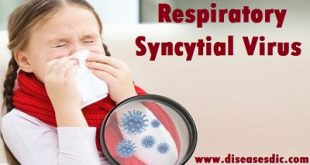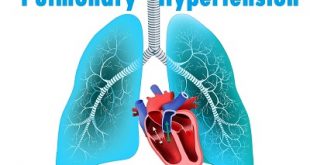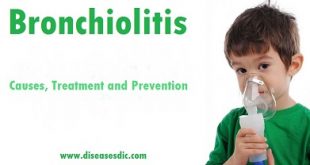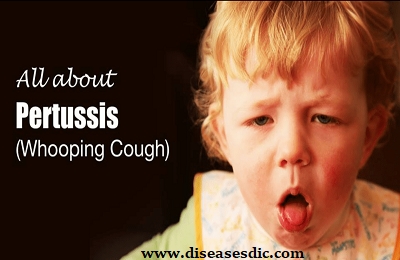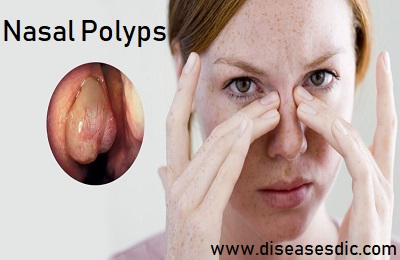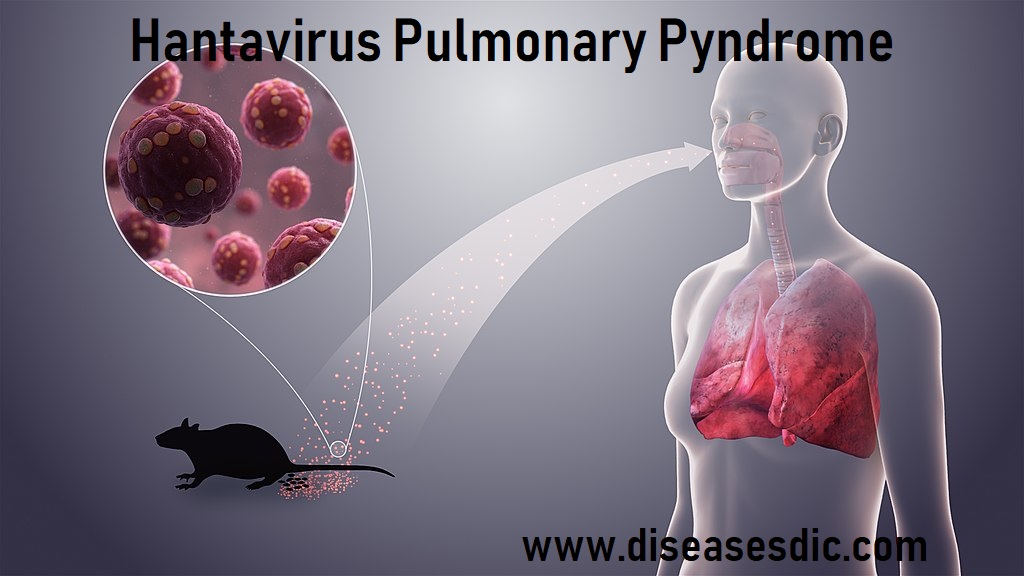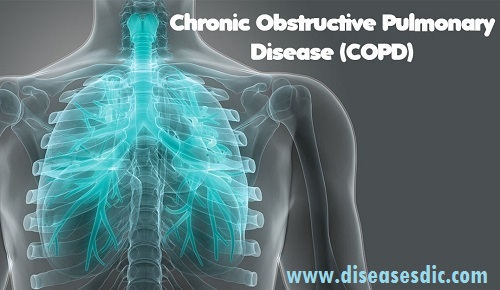Definition Respiratory syncytial virus (RSV) is a common respiratory virus that infects the nose, throat, lungs, and breathing passages. RSV spreads through contact with respiratory droplets (coughing, sneezing, or kissing) from an infected person or touching surfaces contaminated with the virus and then touching your eyes, nose, or mouth. RSV …
Read More »Pulmonary hypertension – Types, Causes and Treatment
Definition Pulmonary Hypertension is a term to describe a rare disease in which the blood pressure in the lungs (pulmonary artery system) is higher than normal. The blood pressure that is measured on your arm by a cuff reflects systemic or your body’s blood pressure. Normal systemic blood pressure is …
Read More »Bronchiolitis – Types, Risk Factors, Treatment and Prevention
Definition Bronchiolitis is a type of chest infection that commonly affects children under 12 months of age. It occurs when the very small airways in the lungs, called the bronchioles, become inflamed and swell up. The bronchioles are the smallest air passages within the lungs. When they are compromised, usually …
Read More »Pertussis – Pathophysiology, Risk Factors, and Treatment.
Overview – Pertussis Pertussis is a highly contagious disease of the respiratory tract caused by Bordetella pertussis, a bacteria that lives in the mouth, nose, and throat. Many children who contract pertussis have coughing spells that last four to eight weeks. The disease is most dangerous in infants and spreads …
Read More »Nasal Polyps – Overview, Causes, and Prevention.
Overview – Nasal Polyps Nasal polyps are soft, painless, noncancerous growths on the lining of your nasal passages or sinuses. They hang down like teardrops or grapes. They result from chronic inflammation and are associated with asthma, recurring infection, allergies, drug sensitivity or certain immune disorders. Small nasal polyps may …
Read More »Hantavirus Pulmonary Syndrome – Risk factors and prevention.
What is Hantavirus pulmonary syndrome? The term hantavirus represents several groups of RNA-containing viruses (that are members of the virus family of Bunyaviridae) that are carried by rodents and can cause severe respiratory infections termed hantavirus pulmonary syndrome (HPS) and hemorrhagic fever with renal syndrome (HFRS). HPS is found mainly …
Read More »Chronic obstructive pulmonary disease- Causes and Treatment
Definition of Chronic obstructive pulmonary disease COPD stands for chronic obstructive pulmonary (lung) disease. COPD is a term applied to a family of diseases that includes emphysema, chronic bronchitis, and emphysema due to alpha-1 antitrypsin deficiency. It usually progresses gradually, causing limited airflow in and out of the lungs. COPD …
Read More »Acute Respiratory Distress Syndrome (ARDS) – Causes and Symptoms.
Definition Acute Respiratory Distress Syndrome is an acute diffuse lung disease. It happens when fluid is filled with air sacs (alveoli) in your lungs. It leads to increased pulmonary vascular permeability; enormous fluid in the lungs will lower the oxygen level in your bloodstream. This eventually makes the organ to …
Read More » Diseases Treatments Dictionary This is complete solution to read all diseases treatments Which covers Prevention, Causes, Symptoms, Medical Terms, Drugs, Prescription, Natural Remedies with cures and Treatments. Most of the common diseases were listed in names, split with categories.
Diseases Treatments Dictionary This is complete solution to read all diseases treatments Which covers Prevention, Causes, Symptoms, Medical Terms, Drugs, Prescription, Natural Remedies with cures and Treatments. Most of the common diseases were listed in names, split with categories.
